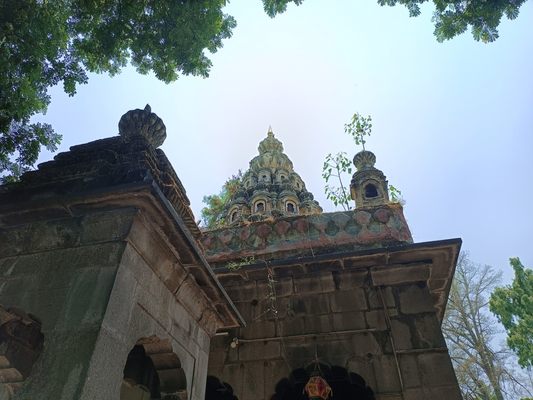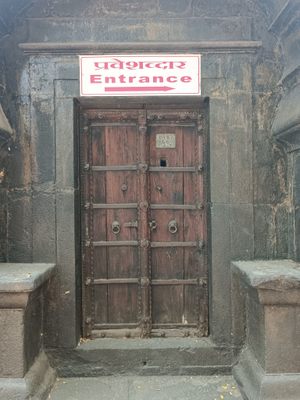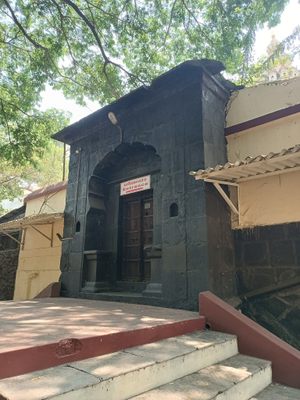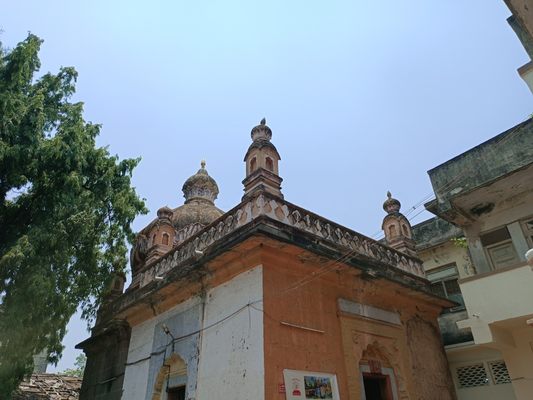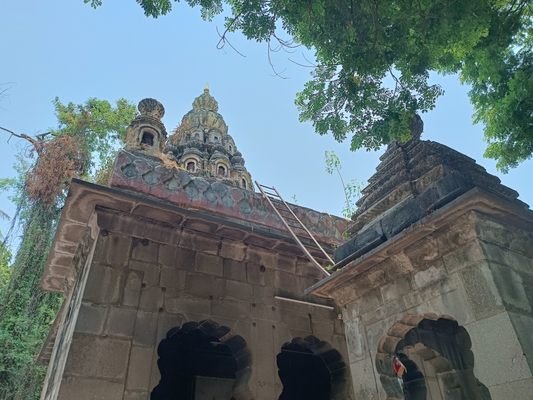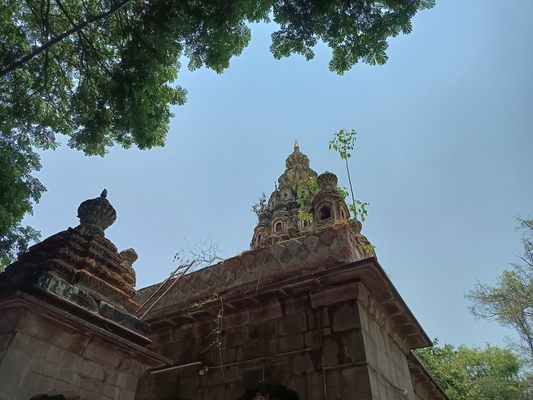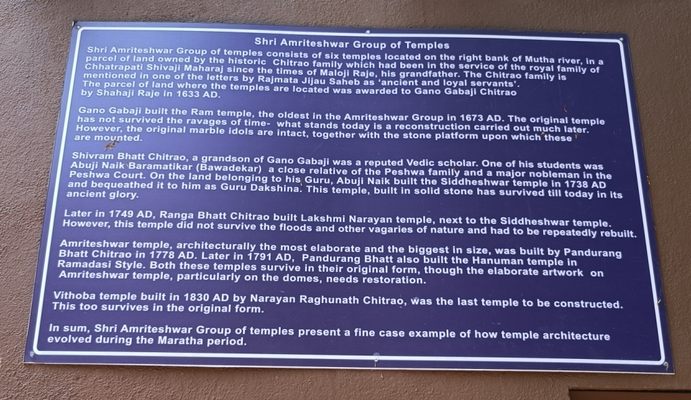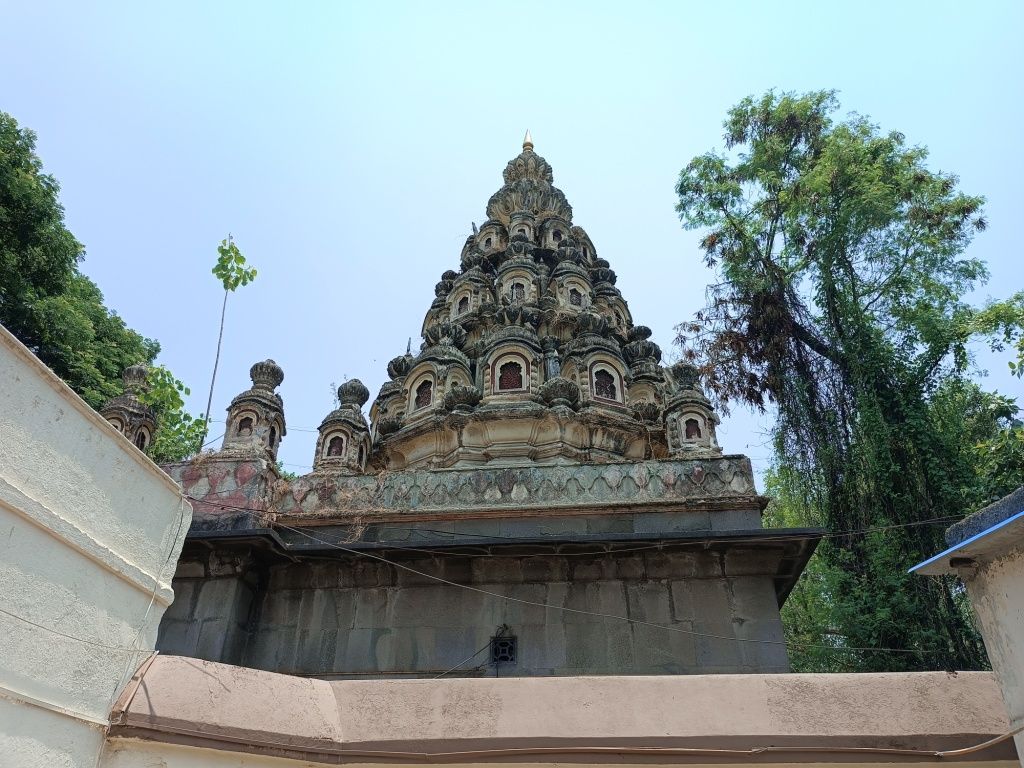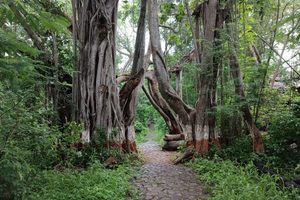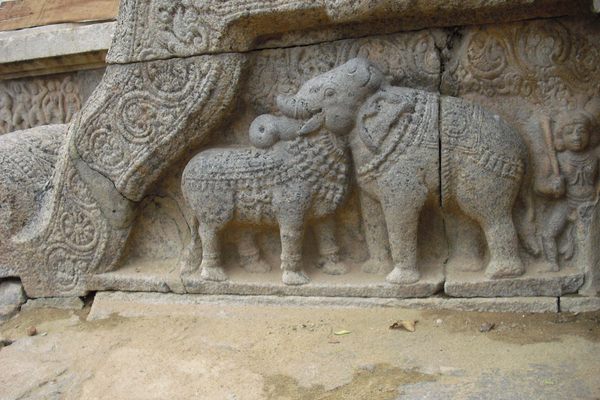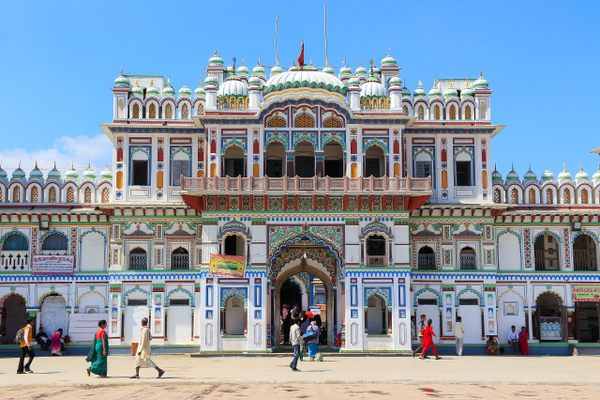About
A short distance north of Shanivar Wada, along the Mutha river, sits an elaborate but crumbling temple complex, complete with an underground shrine. In 1633, the land the Amruteshwar Siddheshwar Temple Complex sits on was awarded to the Chitrao family, who had worked for the royal family of Chhatrapati Shivaji Maharaj for generations.
The oldest of the temples was built in 1673. The original Ram Temple did not survive, but now stands in a reconstructed form complete with original marble idols.
The Siddheshwar Temple was constructed in 1738 and is dedicated to Guru Dakshina. This temple of solid stone still stands today. In 1749, the Lakshmi Narayan Temple was built next to Siddheshwar. The Narayan Temple didn't hold up well over years of flooding and has been rebuilt several times.
The largest building, the Amruteshwar Temple, was built in 1778 and dedicated to Lord Shiva. The temples faces west and hosts an underground shrine. A stone sculpture of the bull mount of Shiva and a porch-like structure called a mandap topped with a spire both still sit in the temple's interior. The underground garbhagriha, or shrine, has a small arch with carved pillars.
The Hanuman Temple was built in 1791. The Vithoba Temple, which was the last temple to be constructed in this complex, was built in 1830, and remains intact. Today, the complex is managed by the Amruteshwar Mandir Trust. Together, this collection of temples exemplifies the shifts in temple architecture and design throughout the Maratha period.
The temple still offers a morning puja at 7:30 a.m., and other puja can be held with permission. Occasional festivals draw in devotees who offer flowers, sweets, and milk to the deities.
Related Tags
Know Before You Go
The temple grounds are open everyday from 6:30 a.m. to 1 p.m. and again from 4:30 p.m. to 9 p.m..
Community Contributors
Added By
Published
July 9, 2024
